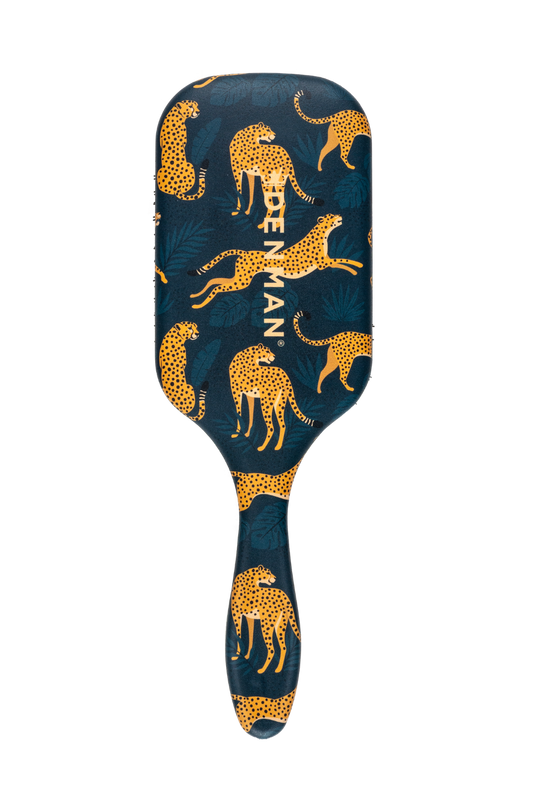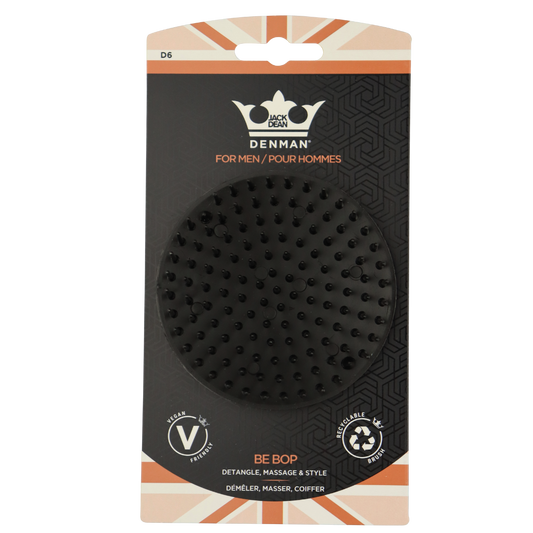
My name is Jade and I am a hair and makeup artist in the tv and film industry. I started my career in musical theatre in 2009 and gradually worked my way up on different shows to become Head of Department. Unfortunately the pandemic shut the industry down and so I decided to study English language and literature. During the summer break a former colleague and friend of mine was working on a Netflix series and she asked if I would like to do some freelance work with them as a hair and makeup artist. I was lucky enough that job offers continued to come in on different shows after that.

At the start of last year I was offered and accepted the role of Crowd Supervisor on The Great series 3 which has just wrapped in December.
The main differences between theatre and tv/film work as a hair and makeup artist are that in theatre, most of the time, you will be working heavily with wigs. We do use wigs in tv/film too but not as much. This is because the actor or supporting artists own hair will be preferable to use. It’s harder to use an actors own hair in musical theatre because quite often they will have quick costume and hair changes and also because it would be very damaging to the actors hair to style it every day for a full contract which could be a year or longer. Another big difference is the working hours. In theatre we would usually be working until 10:30pm or later sometimes, with a start time of between 10am on a matinee or arriving sometime in the afternoon for just an evening show. In tv and film we would usually start a lot earlier. My earliest start time has been 2am and the most regular wrap time is 6pm, although this can vary depending on night shoots etc.

You’ve recently wrapped on the latest season of ‘The Great’. Tell us a little bit about the period and the styles involved for the hair.
The Great is set in 18th Century Russia. The hairstyles were quite often heavily padded and back combed. We used a lot of wigs on this production as this was fashionable in the 18th Century. They were also usually very powdered which we achieved using a combination of dry shampoo and bread flour. Men and women courtiers quite often had small rolls on the sides of the face above the ears. As you move down the classes of society the hair would become less elaborate. We had many scenes with working class and peasants and so their hairstyles would be very simple like tie backs and buns.

Were there any Denman brushes that were particularly good for this period?
We used a range of Denman brushes on this show. Particular favourites were the D90 Tangle Tamer Mini. This is obviously great at brushing through tangles in hair but the size of it meant that it was perfect to keep in my set bag so I could use it on set to comb through women’s ringlets and smooth out any frizz.
The DPC6 Rake comb is ideal for wigs when washing them and combing through.
The D91 backcomber was used regularly to back comb the elaborate male and female courtier hairstyles and wigs.
The BD40 pintail comb is an absolute essential for any work involving setting. We used a lot of hot sticks and the pintail helps to get the ends of the hair in and around the stick so that you don’t get “fish hook” ends.
Which brushes do you always have in your tool kit?
Other favourites of mine are the DHH head hugger range. They are perfect for blow drying to create volume and bend in the hair.
The D82M finisher brush is fab for just that, to finish off styles particularly from the 50’s, 60’s and 70’s as it helps smooth out up do’s and flicky blow dries.
,
I also regularly use the DC11 detangling comb for men’s textured hair, especially if they require a parting and heavier product.

 Back to all blogs
Back to all blogs













